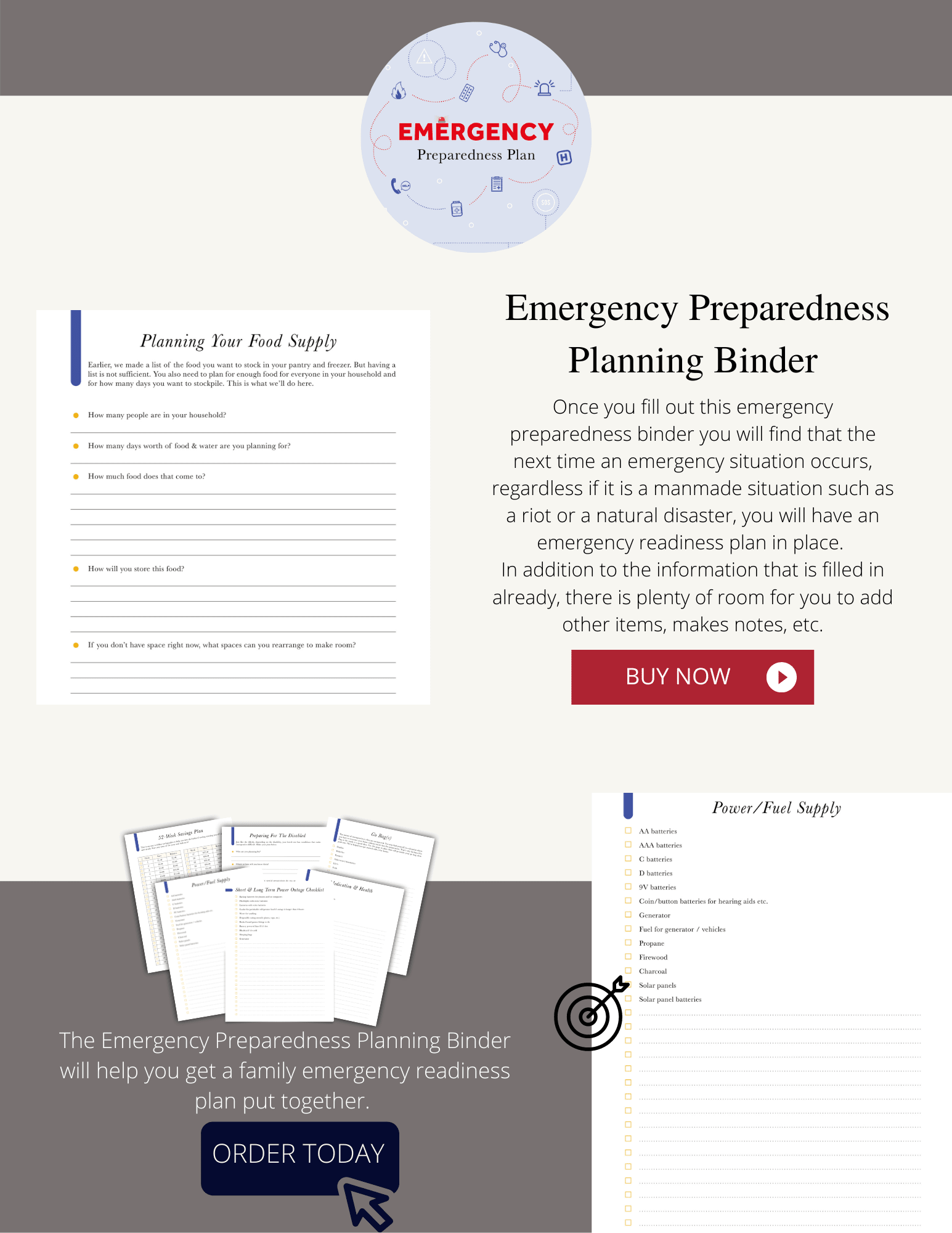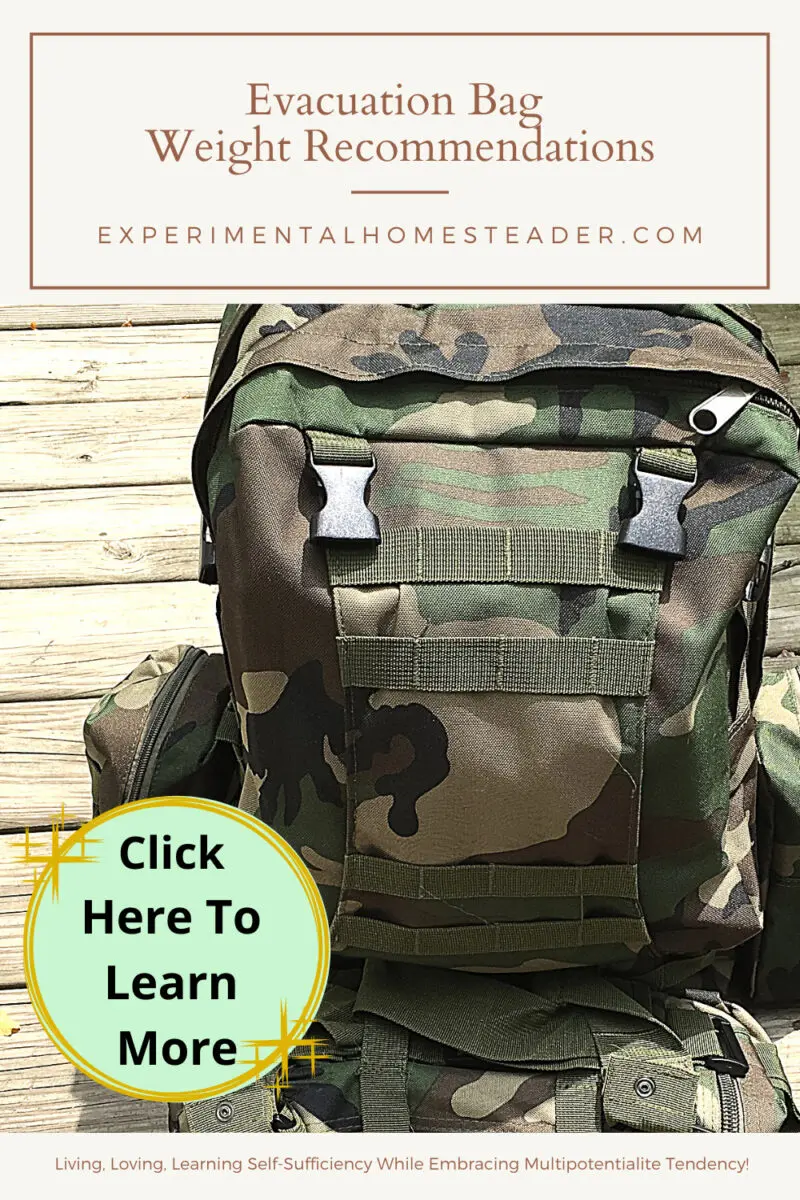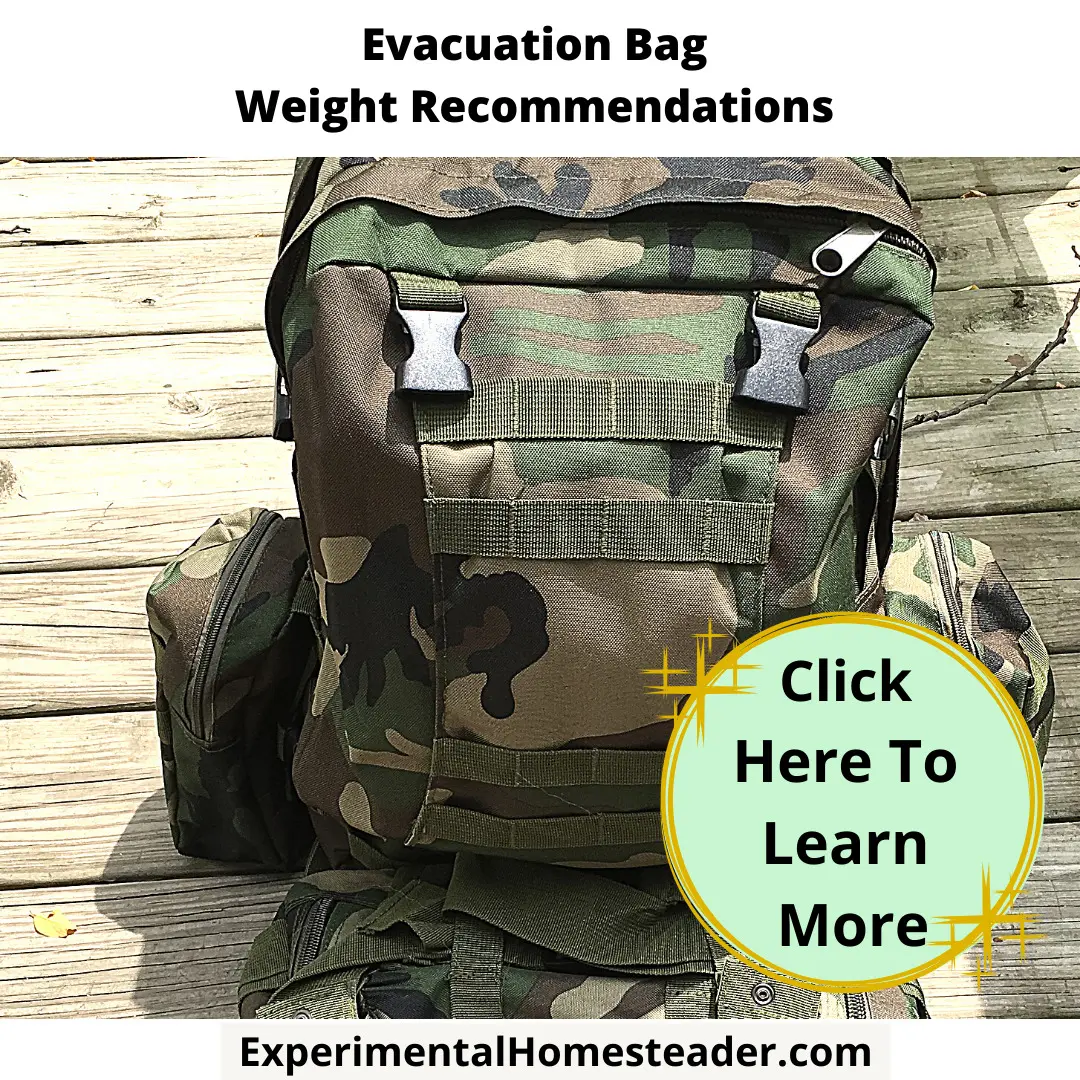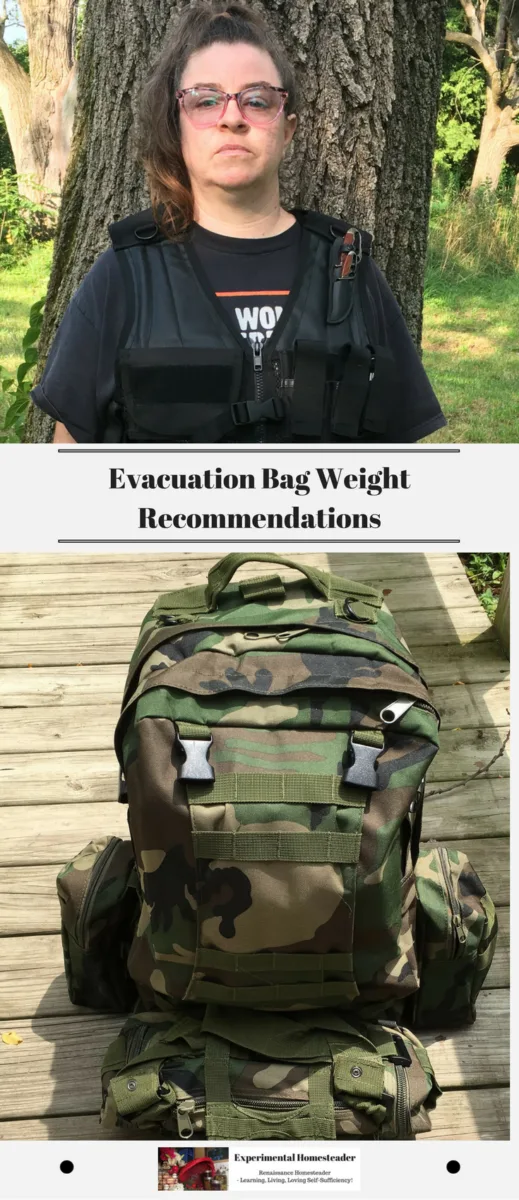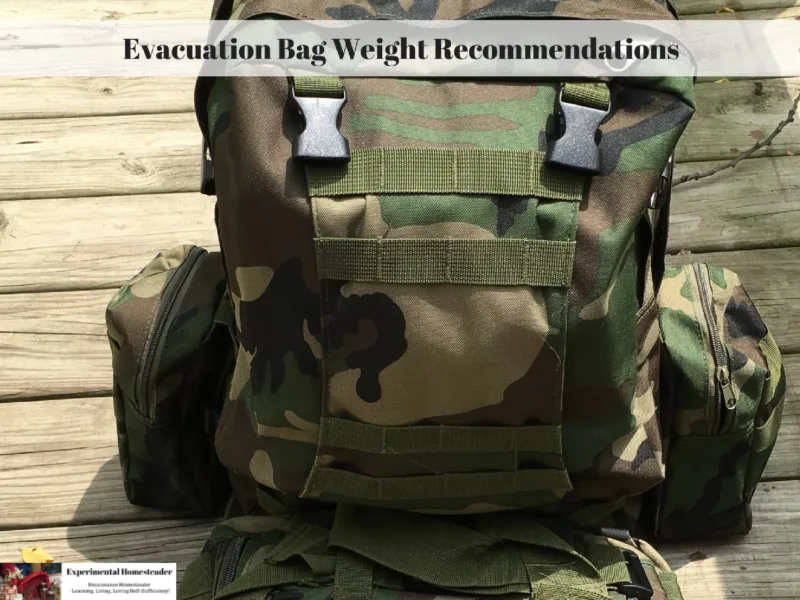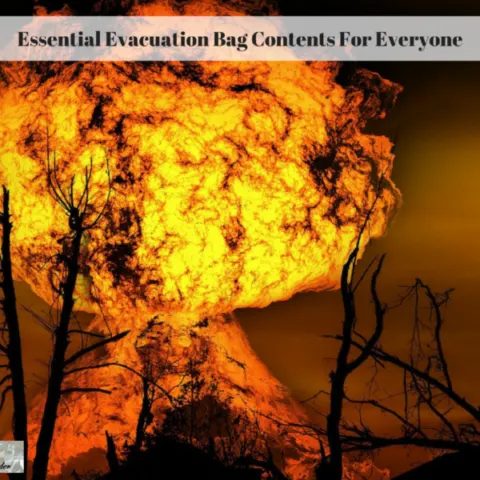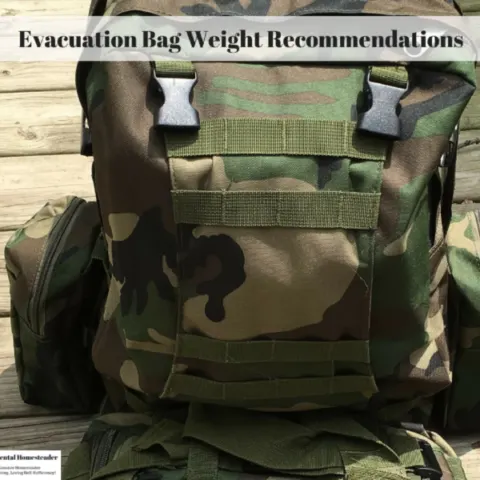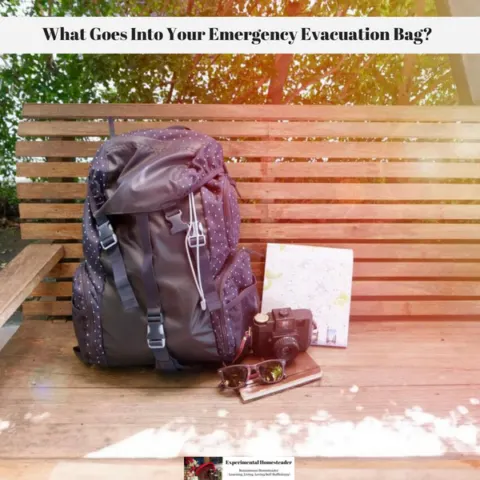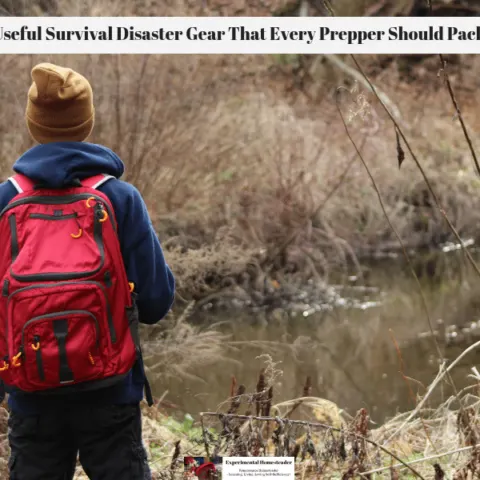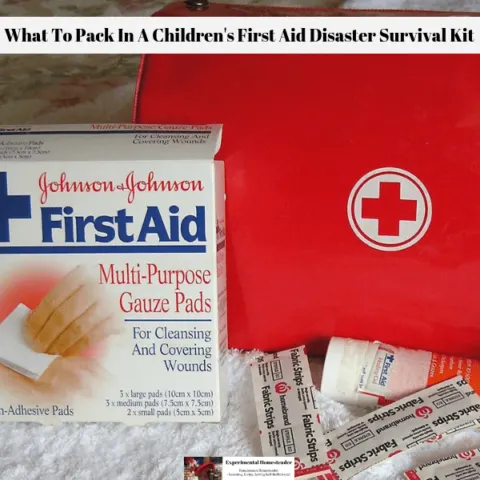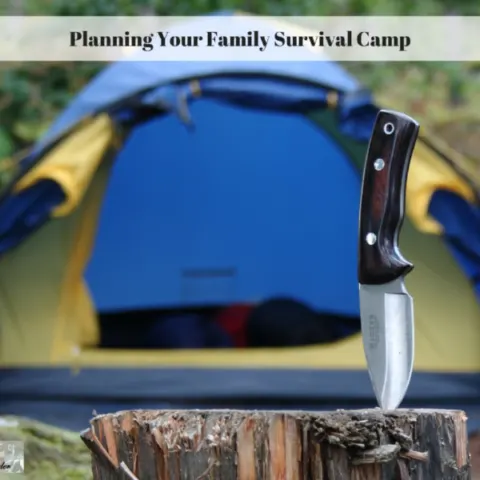Making an emergency evacuation bag is an important part of preparing for emergencies.
There are so many items that seem practical to have in an evacuation bag - but have you thought about how heavy that is going to make the bag?
Have you thought about the potential consequences of trying to carry a bug out bag that is over weight in an emergency situation?
It is crucial to pack the right items in the right amount in order to maximize safety during emergency evacuation.
It is recommended that you pack enough supplies for at least 3 days of living outside of your home.
Packing a good emergency evacuation bag can be challenging if you are not sure what all should go inside it.
Below I share some tips on how to properly pack and figure out what a emergency evacuation bag should weigh.
Potential Issues Of An Overweight Evacuation Bag
Understanding how much your bug out bag should weigh is critical.
While more is typically better - and you might think like this - the heavier the bag, the slower you are going to move when carrying it.
In an emergency situation the slower you move, the more potential danger you are in.
The heavier it is, the more strain it puts on your body and it will slow you down when you're walking or running to safety.
Not only that, but if a bag is too heavy, it will act as a gravitational pull that could cause you to fall backward.
A bug out bag that is loaded to the hilt is sure to get you killed.
However if you are testing how good the straps, material or stitches are on a new backpack (as I am in the video above), go ahead and load it up, but be sure to remove those excess items at the end of the day when you are done testing the bag.
How Much Should A Bug Out Bag Weigh?
There are different mindsets when it comes to the right weight.
Some people say a ballpark estimate is less than 50 pounds - while others think a bug out bag should never weigh more than 15 pounds.
A good rule of thumb is to pack your bag with survival necessities.
The final weight of the bag should equal around ten percent of your body weight.
While that might seem like an impossible goal, you have to remember that a bug out bag isn't meant to contain every thing you might need.
Pack Enough Supplies For 72 Hours
Its intended purpose is to help you survive for 72 hours - not weeks or months.
If you fill it up with supplies to last longer than 72 hours, you are going to end up with a bag that is too heavy for you to safely bug out with.
If your bag is too heavy, not only is it going to prevent you from bugging out with speed, but it can wear you out and even end up causing shoulder or bag strain, which could impact your safety in an ambush or animal attack.
Load your bag with 1 gallon of water separated into smaller continuers to help distribute the weight.
Include purification methods for obtaining water after that, if needed.
Include 3 days worth of Meals Ready To Eat (MRE's).
Though it can be tempting to pack more, that would be a mistake and weigh your pack down.
You need to follow the same 3 day rule when it comes to clothing.
Other Necessities
Take a first aid kit, flashlights, fire starter method, and a camping pot.
An alternative to putting knives, guns, some of your ammo and other small items such as waterproof matches in your bug out bag is to wear a tactical cross draw vest such as the one I am wearing above.
I purchased it locally at the Trading Post, LLC for under $70.
You will want to include items such as toilet paper and hand sanitizer if possible.
Finally, your evacuation bag needs to have an emergency whistle for attracting attention in case you get lost during an emergency situation.
The Best Way To Pack A Bug Out Bag
Some preppers think of packing a bug out bag the same way that they pack groceries.
They put whatever is bulkiest and heavier on the bottom of the bag then load the lighter stuff on top.
This is backward for a bug out bag.
You want the bulk of the weight at your shoulders to avoid strain on your lower back.
You want any shelter items like a tent or a tarp on the bottom - because these items fill out the bottom of the bag and help support other items that you pack on top of them.
When packing a bag with outside pockets or Molle straps, make sure that you have items of equal or close weight on either side so that you don't end up with an off balance weight.
Some bug out bags - such as the one I have - have small compartments that are removable so you can attach them to your belt to help distribute the weight.
I highly recommend choosing one like this.
Final Thoughts
Keep in mind every member of your family including your dog should have their own evacuation bag filled with supplies they need - and this is especially important in the event that you become separated.
It is a good idea to wear the backpack filled with supplies as well as your tactical vest several times a month so you learn what it is like ahead of time.
The most important thing to know is that you can always be caught off guard.
That’s why it’s always better to be prepared and know what to expect than to be caught off guard with no idea of what to do, especially in a life or death situation.
There are different kinds of disasters, with different kinds of dangers.
There are situations where evacuation is necessary.
Knowing you have packed the best evacuation preparation bag you possibly can will give you peace of mind and allow you to save time in an emergency situation.
You will also be calmer because you know your emergency evacuation bag already has all the necessities you need for survival, such as food, water, a make-shift shelter, as well as supplies for hygiene and sanitation.
Bug Out Bag + Evacuation Tips
Essential Evacuation Bag Contents For Everyone
Learn what your evacuation bag contents needs to include. A survival backpack is a very important part of a good emergency readiness plan.
Evacuation Bag Weight Recommendations
An emergency evacuation bag should contain essentials to get you through a 72 hour time period. Overpacking your evacuation bag is dangerous! Learn more!
What Goes Into Your Emergency Evacuation Bag?
Have you ever wondered what goes into an emergency evacuation bag or as it is sometimes called, a bug out bag? In a nutshell, you need to include things that are essential for survival in an emergency situation over a three day period.
Useful Survival Disaster Gear That Every Prepper Should Pack
It is important to know what the most useful survival disaster gear is so you include it in your bug out bag. Here is what every prepper should pack!
What To Pack In A Children's First Aid Disaster Survival Kit
Knowing what to pack in a children's first aid disaster survival kit is important, even if you don't have children. These kits are handy in emergencies.
Weapons To Include In Your Homesteading Self Sufficiency Survival Kit
Learn what weapons - both lethal and non-lethal - to include in your homesteading self sufficiency survival kit and why you need them.
Paracord Bracelet Uses
Have you ever wondered what paracord bracelet uses are? Check out these paracord uses for survival situations and everyday situations!


